Will I suffocate if I sleep in my car?
I have been asked several times now whether I “camp” by sleeping in my car. After all, Sam is a wagon, so it seems like there should be enough space, right?
The reality is that I don’t like sleeping in cars. I tried it once a few years ago with my old Outback in a national forest in northern Minnesota, but the experience was quite unpleasant. Condensation built up on the windows, the air inside was quite cold, and I couldn’t open any windows because of the swarming hordes of blood-sucking mosquitoes waiting to get in. Actually, a few did manage to get in, presumably through the ventilation system. Not a good night’s sleep.
Still, that was then, and this is now. I decided to give it another try in a campground in Grand Teton National Park.
One of the nice undocumented things about the 2010 and newer Outbacks is that the rear seats folded down are at the same level as the front seats folded back. One needs only to remove the headrests to create an eight-foot long, nearly flat surface.
The key word there is “nearly,” since there were still some annoying bumps to contend with. I got out my excellent Exped UL7 air mattress and put my sleeping bag on top of it. All of the rest of my gear got pushed off to the side.
The evening started off well. The temperature was comfortable, Sam’s cabin air filter kept the mosquitoes from entering via the ventilation system, and I had a great view of the stars through the moonroof glass. I drifted to sleep.
A couple hours later, I jolted awake with a horrifying thought: could I suffocate by sleeping in such an enclosed space? A bunch of frantic web searches on my smartphone turned up no reliable reports of people suffocating in cars where there had been no sources of carbon monoxide. Lots of people have died from leaving their cars running, but it seems that nobody has ever died from sleeping a night in a non-running car.
Just to be safe, I opened a door for a while to do an air exchange before going back to sleep.
I survived (obviously), but I started to wonder: if we assume Sam’s interior is perfectly sealed, how long would I be able to survive on the air inside?
Let’s assume that Sam’s cabin volume is 102 cubic feet. I have about 20 cubic feet of gear, and I myself occupy about 12 cubic feet. That leaves 70 cubic feet of air.
There are two primary suffocation modes to worry about: hypoxia and CO2 poisoning. It turns out that humans notice high CO2 levels — they are perceived as being very unpleasant or even painful — but humans are very poor at detecting low oxygen levels. For this scenario, I’m going to assume that I’d wake up if CO2 levels got dangerously high, which leaves only low O2 levels to worry about.
For simplicity, I’m also going to gloss over the fact that I was camping at 7,000 ft of elevation. Compensating for the lower oxygen levels at altitude is left as an exercise for the reader.
Thanks to a handy page at Oak Ridge National Labs, we see that the formula for calculating maximum residence time based on oxygen levels is:
T = (V) (21 – L) / (100 n C)
where V is the volume of air in ft^3, L is the acceptable lower limit of oxygen in percent, n is the number of people, and C is the oxygen requirement per person per minute.
I’m going to assume that I’m a healthy adult male, so L is 12% and C is 0.007 ft^3 min^-1. Recall from above that the volume of available air is 70 ft^3. Plug in the numbers:
T = 70 * (21 – 12) / (100 * 1 * 0.007)
= 900 minutes
= 15 hours
I’m not going to be sleeping in there for anywhere close to 15 hours, so I think I’m safe.
Will I be doing more back-of-the-car camping? Doubtful. I really, really like being able to sit up straight in my tent without hitting my head on the ceiling, something that’s impossible in the back of the Outback.
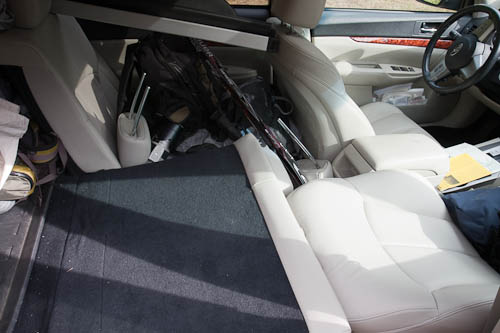
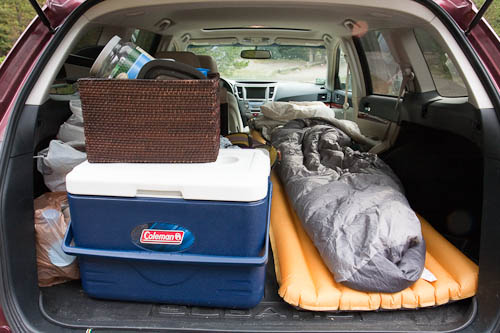
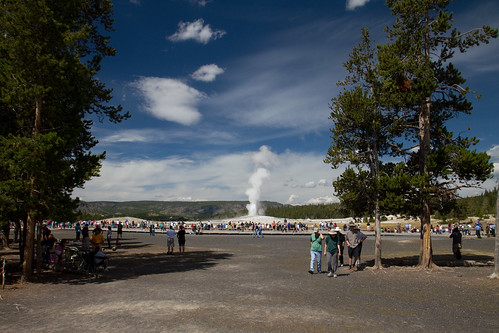
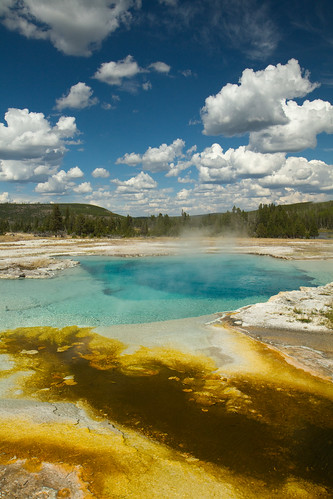
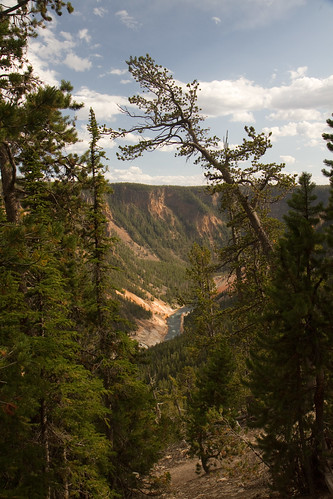
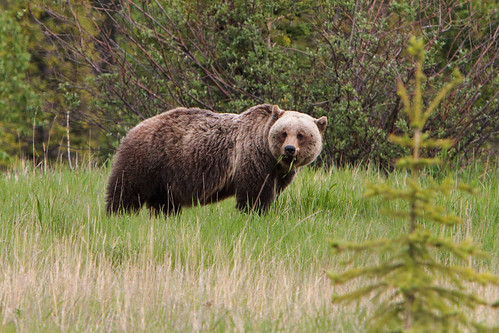

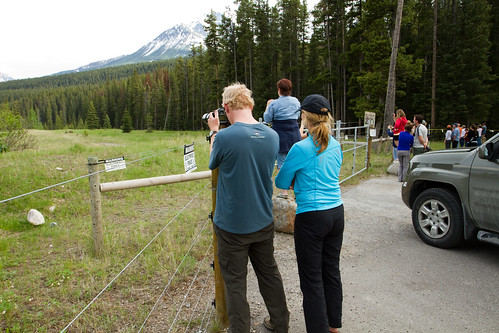
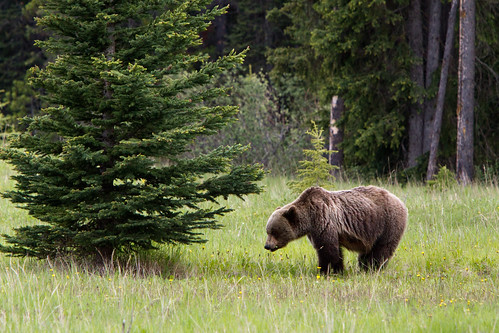
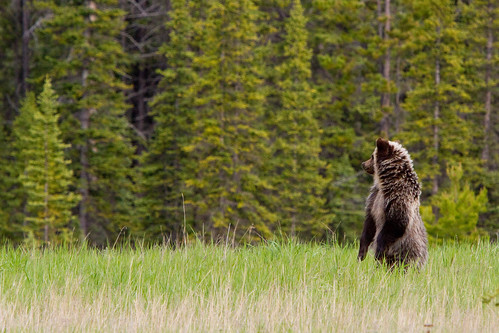


Recent Comments